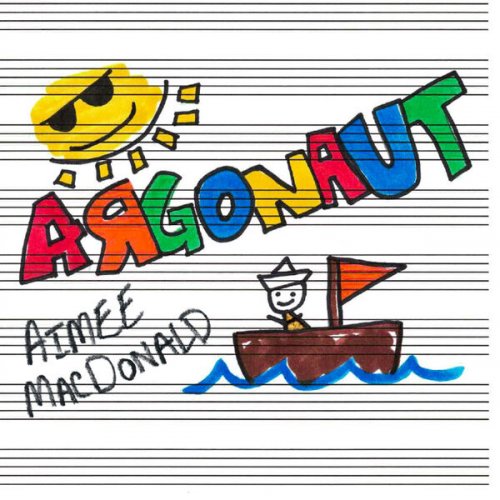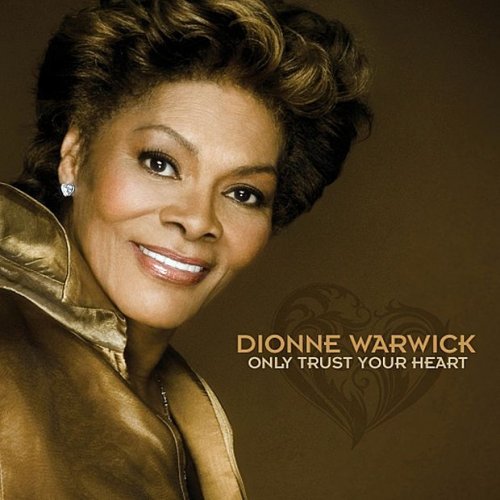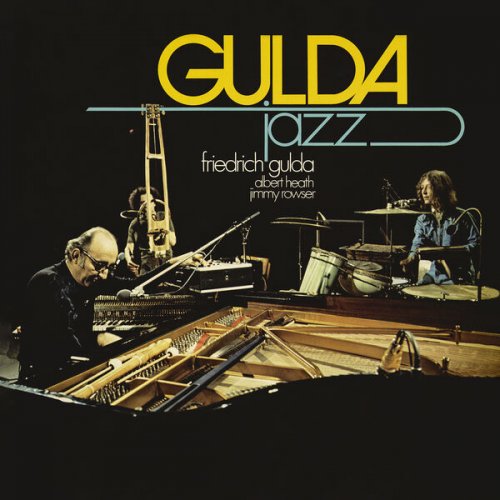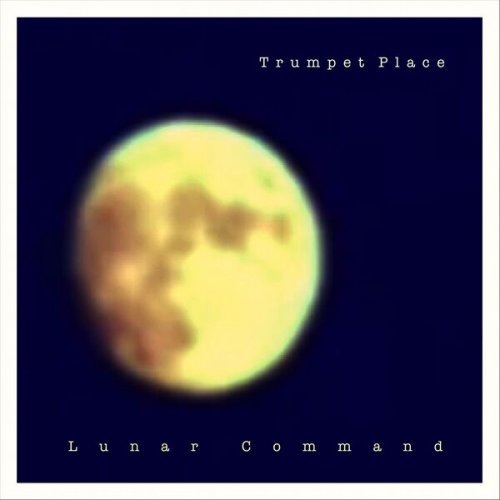Philharmonia Orchestra, Christoph von Dohnányi - Brahms: Symphony No. 2 & Symphony No. 4 (2008)

Artist: Philharmonia Orchestra, Christoph von Dohnányi
Title: Brahms: Symphony No. 2 & Symphony No. 4
Year Of Release: 2008
Label: Signum Classics
Genre: Classical
Quality: FLAC (image + .cue, log, artwork)
Total Time: 1:25:39
Total Size: 344 MB
WebSite: Album Preview
Tracklist:Title: Brahms: Symphony No. 2 & Symphony No. 4
Year Of Release: 2008
Label: Signum Classics
Genre: Classical
Quality: FLAC (image + .cue, log, artwork)
Total Time: 1:25:39
Total Size: 344 MB
WebSite: Album Preview
Johannes Brahms
CD 1
[1]-[4] Symphony No.2 in D major, Op.73
CD 2
[1]-[4] Symphony No.4 in E minor, Op.98
Performers:
Philharmonia Orchestra
Christoph von Dohnányi
These are modern, big band, 21st-century readings of Brahms’s Second and Fourth Symphonies. Textures are clear and transparent, so that we hear details of inner voices and the felicities of the composer’s wind-writing for flutes and oboes. Timpani are also quite prominent. Tempos, especially in the Second Symphony’s first movement, strike me as a bit on the measured side, but still within the mainstream. The over 21-minute duration is at least partially accounted for by the fact that Dohnányi takes the movement’s lengthy exposition repeat. The Philharmonia is unquestionably one of the world’s top-flight orchestras, and its players were in top form for these performances. But after repeated hearings, I was finally able to pin down what was initially a vague sense of frustration and discontent. At least on this particular occasion, Dohnányi seemed to be exercising undue caution, given the great instrument he had at his disposal. The orchestra would have done anything for him if he had but asked it of them; but the performance comes across, to me, at any rate, as cool, passionless, and uninvolved. It’s a study in estimable execution and technical perfection, but in the end to no particular purpose. I realize this is a very subjective reaction. The live audience responds enthusiastically, and you may too. But for my taste, I prefer my Brahms with a bit more juice in its veins. When it comes to the Second Symphony, I still cling to Bruno Walter’s mono recording with the New York Philharmonic. For a modern version, with repeat taken, I continue to recommend Neville Marriner on Hänssler. His first movement, at 18:45, shaves two-and-a-half minutes off of Dohnányi’s and is simply more gripping.
Tempos are better judged in the Fourth Symphony, and Dohnányi was clearly more engaged with the score. He gets the balance right between the seductive sweetness of Brahms’s opening gambit of descending thirds and ascending sixths and the evil brew it spawns. No symphonic movement I can think of that opens with such seeming artlessness ends in such catastrophe; and Dohnányi proves very adept at tracing the progression with ever-mounting tension. The funereal tread of the second movement, with its contrasting moments of repose, provides a respite of sorts before the frenzied hysteria of the Scherzo and the onslaught of the doom-laden Passacaglia that concludes the work. Dohnányi’s thunderbolt delivery of those opening chords gave me chills. Thereafter, he drives the movement forward aggressively and, in places, at a quite furious clip, which adds to the accumulating sense of impending disaster. I’d put Dohnányi’s Fourth in the same category as the EMI performance with Giulini and the Chicago Symphony reviewed in 28:4. This Fourth is definitely a keeper, one that I can recommend without hesitation. -- FANFARE: Jerry Dubins
Tempos are better judged in the Fourth Symphony, and Dohnányi was clearly more engaged with the score. He gets the balance right between the seductive sweetness of Brahms’s opening gambit of descending thirds and ascending sixths and the evil brew it spawns. No symphonic movement I can think of that opens with such seeming artlessness ends in such catastrophe; and Dohnányi proves very adept at tracing the progression with ever-mounting tension. The funereal tread of the second movement, with its contrasting moments of repose, provides a respite of sorts before the frenzied hysteria of the Scherzo and the onslaught of the doom-laden Passacaglia that concludes the work. Dohnányi’s thunderbolt delivery of those opening chords gave me chills. Thereafter, he drives the movement forward aggressively and, in places, at a quite furious clip, which adds to the accumulating sense of impending disaster. I’d put Dohnányi’s Fourth in the same category as the EMI performance with Giulini and the Chicago Symphony reviewed in 28:4. This Fourth is definitely a keeper, one that I can recommend without hesitation. -- FANFARE: Jerry Dubins
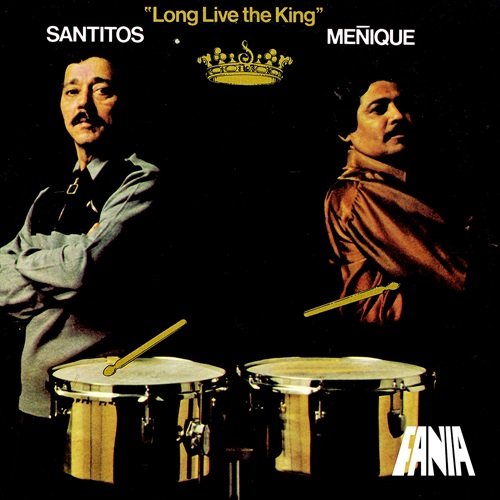
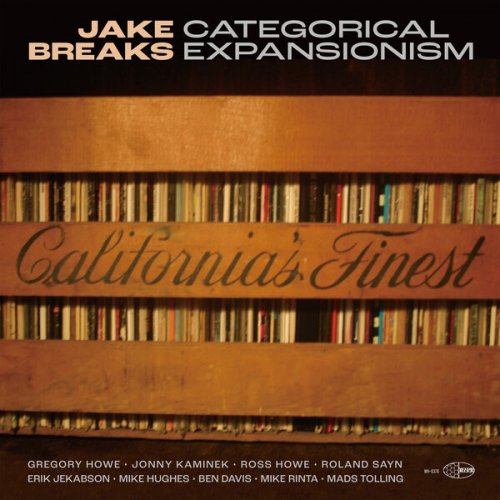

![Mark Northam - More Music From The Pixar Films For Solo Piano (2025) [Hi-Res] Mark Northam - More Music From The Pixar Films For Solo Piano (2025) [Hi-Res]](https://img.israbox.com/img/2025-12/17/qc8ci6ocl25zt4m9ojnjn3k2k.jpg)
